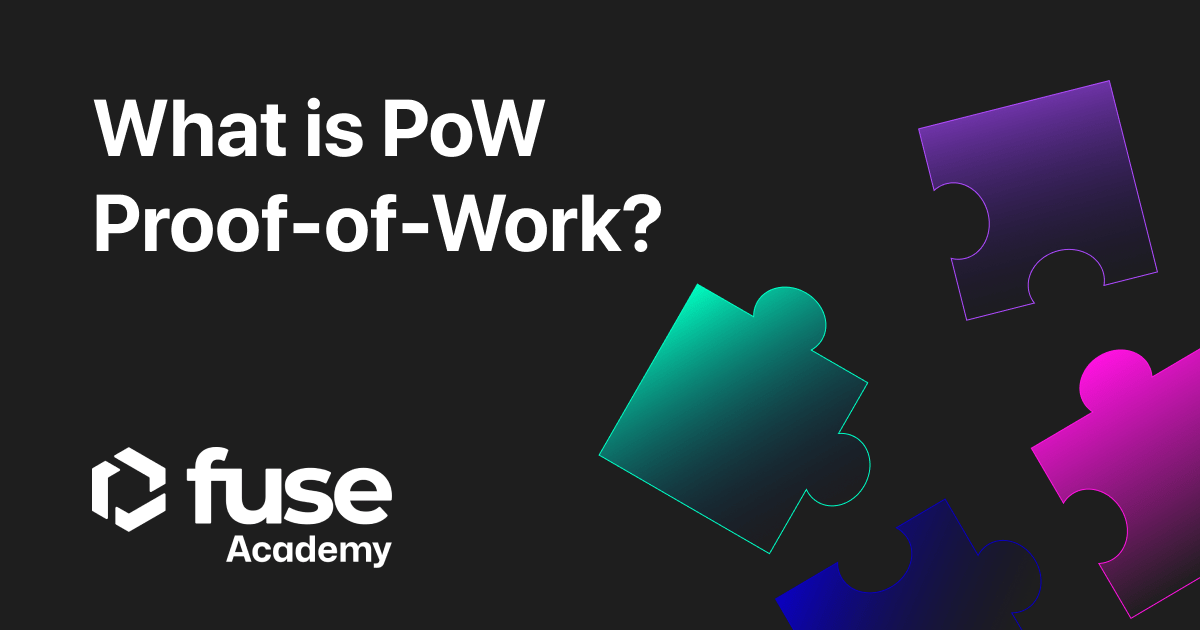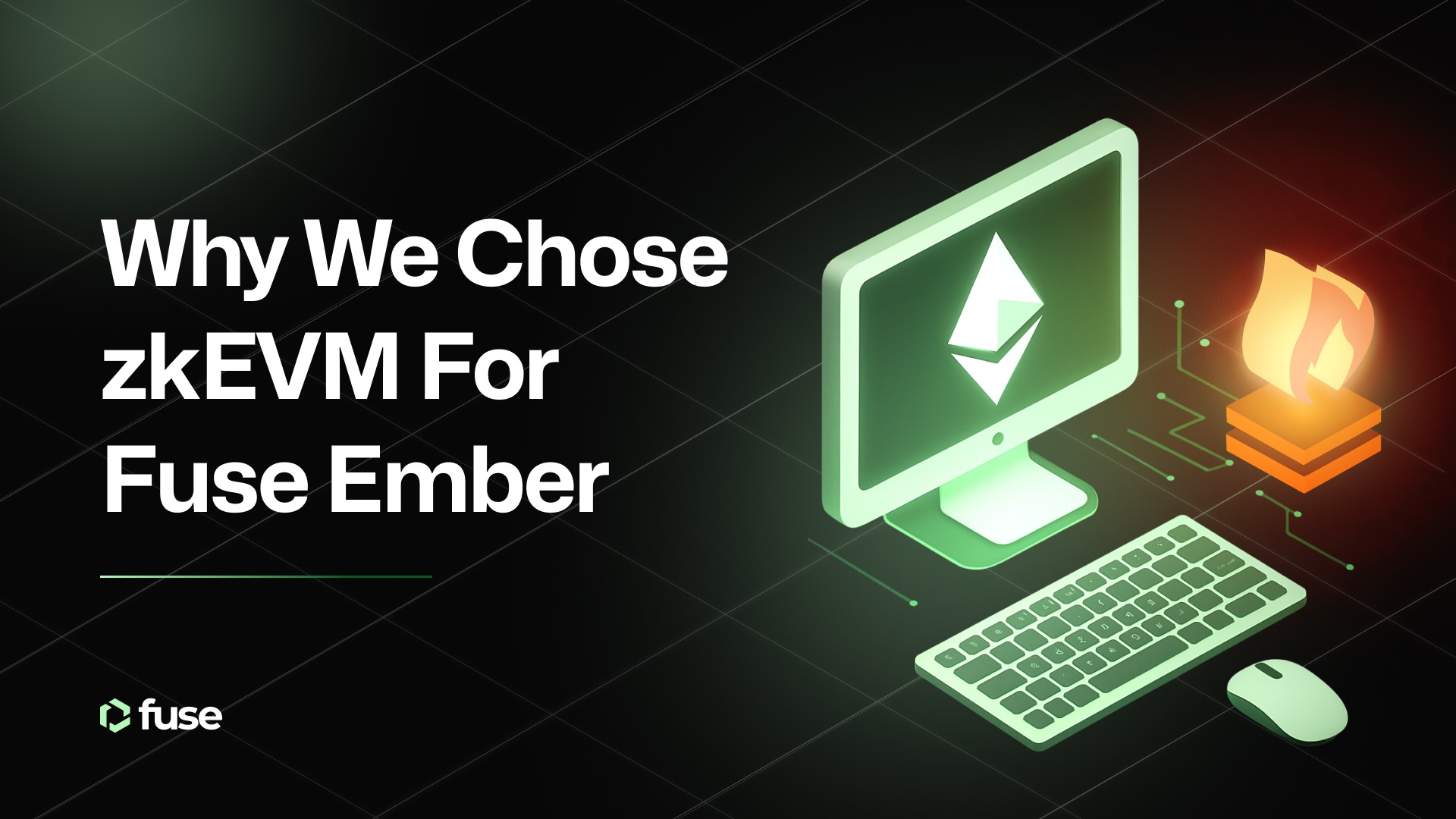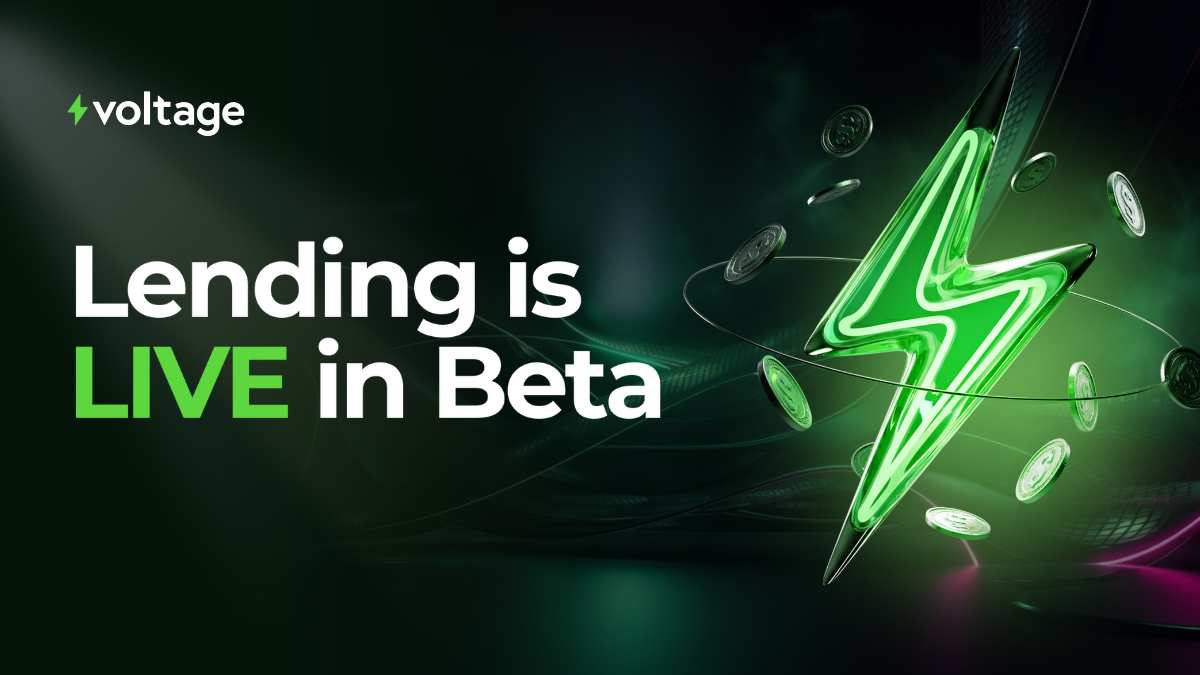The Proof-of-Work (PoW) system requires a feasible amount of effort to deter malicious uses of computing power. Programmers can use PoW to stop spam emails or DDoS attacks. Hal Finney adopted the idea of securing digital money in 2004.
Blockchain requires mechanisms to ensure the network is secure and transactions are verified. The mechanism is known as the consensus mechanism. Proof of Work (PoW) is one mechanism that allows blockchain networks like Bitcoin and Ethereum 1.0 to complete transactions and reward miners.
The creation of Bitcoin in 2008 brought about the first widely used application of Finney’s PoW idea. Many other cryptocurrencies have adopted PoW because it allows a secure and decentralized consensus.
Blockchain is a distributed ledger that contains a record of all Bitcoin transactions arranged in blocks. There must be a way to prevent altering the ledger; PoW ensures the network rejects the modified version that may want to be introduced by a malicious user.
Give me an example
Let’s use a real-life analogy; for example, if a city wants to fight a battle with another town in medieval times, they would like to recruit more armies so that it will be easier for them to be victorious. The enemy city sounds like a malicious actor that wants to add an altered version to the blockchain system; with the PoW mechanism, the network’s computing power is the soldiers used to fight against the malicious actor.
The way the PoW fights tampering is through hashes, which is a long string of numbers that serve as a PoW. This hash function generates a unique hash, which means that any alteration in the original data will lead to a hash that is not recognized by the system. The hash used by a blockchain network in the PoW algorithm is one-directional, meaning it cannot be used to generate the original data; the hash is only used to check if the data matches the original data.
The Ethereum PoW Ethash requires miners to go through trial and error to find the calculation for a block. The block difficulty determines the target of the hash. The lower the target, the smaller the set of valid hashes. Once the miner has generated the hashes, it becomes easy for clients and miners to verify. If the transaction changes, the hash will be different, signaling fraud. PoW is also responsible for issuing new currency into the Ethereum system and incentivizing miners to mine more blocks.
Fuse Network scaling Ethereum
PoW requires a lot of energy to complete, which is why the Ethereum developers are migrating into Ethereum 2.0 with the Proof of Stake PoS consensus mechanism.
Fuse Network is aware of the development across the Ethereum blockchain; that’s why we created the Fuse chain, an Ethereum sidechain designed to rejuvenate traditional exchange or payment systems on the blockchain. The network is supported by validators who help with the smooth functioning of the network.
.svg)
.svg)











